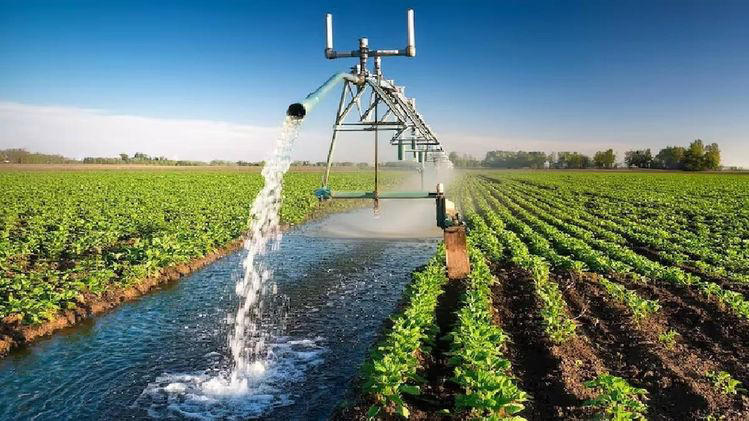the Tripura Renewable Energy Development Agency (TREDA) is set to install more than 10,000 solar-powered pump sets in rural areas across the state. This initiative aims to revolutionize agriculture and water management in Tripura, ensuring that even the remotest areas have access to reliable and eco-friendly energy sources.
Empowering Rural Communities with Renewable Energy
Tripura’s decision to invest in solar-powered pump sets is a strategic move to address two key issues faced by rural communities: the lack of consistent electricity supply and the reliance on traditional irrigation methods. By harnessing the power of the sun, these pump sets will provide uninterrupted water access for agricultural and domestic purposes, empowering farmers and enhancing productivity.
According to TREDA officials, the project will focus on areas that are most affected by water scarcity and power outages. The installation of solar pumps is expected to reduce dependency on diesel-powered pumps, significantly cutting down on fuel costs and carbon emissions.
How the Solar Pump Sets Will Work
The solar pump sets are equipped with photovoltaic panels that convert sunlight into electricity. This electricity powers the pumps, which then draw water from underground or surface sources. The system is designed to be highly efficient and requires minimal maintenance, making it an ideal solution for rural communities.
Each pump set can cater to multiple households or agricultural fields, ensuring equitable distribution of water resources. TREDA has also planned to provide training sessions for local residents, ensuring they can operate and maintain the equipment effectively.
Benefits Beyond Irrigation
The installation of solar-powered pump sets is expected to have far-reaching benefits for rural Tripura:
- Improved Agricultural Output: Consistent water supply will enable farmers to cultivate crops throughout the year, reducing their dependence on monsoons.
- Cost Savings: By eliminating the need for diesel and electricity, farmers can save a significant portion of their income.
- Environmental Impact: The shift to solar energy will contribute to a reduction in greenhouse gas emissions, supporting India’s commitment to combating climate change.
- Employment Opportunities: The project will create jobs in installation, maintenance, and training, benefiting the local workforce.
Government Support and Funding
The ambitious project is being implemented under the central government’s solar energy mission, with additional support from state resources. A substantial portion of the funding comes from subsidies provided by the Ministry of New and Renewable Energy (MNRE), ensuring affordability for beneficiaries.
Chief Minister Manik Saha lauded the initiative, stating, “This project aligns with our vision of making Tripura a model state for sustainable development. By empowering our farmers and rural communities, we are taking a significant step toward self-reliance and environmental conservation.”
Challenges and Solutions
While the project has garnered widespread support, its implementation is not without challenges. Some of the anticipated hurdles include:
- Initial Costs: Despite subsidies, the upfront cost of solar pump sets may still be high for some farmers. TREDA is working on loan schemes and financial assistance programs to address this issue.
- Awareness and Training: Ensuring that rural communities understand the benefits and operation of solar pumps is crucial. To this end, awareness campaigns and hands-on training sessions are being organized.
- Maintenance: While solar systems are generally low-maintenance, timely repairs and technical support will be critical. TREDA plans to set up local service centers to provide prompt assistance.
A Model for Sustainable Development
Tripura’s solar pump initiative serves as a model for other states aiming to balance development with sustainability. By prioritizing renewable energy and empowering rural communities, the state is setting an example of inclusive and eco-friendly growth.
The initiative also aligns with India’s broader renewable energy goals, contributing to the nation’s target of achieving 500 GW of non-fossil fuel capacity by 2030. For Tripura, this project is not just about improving irrigation; it is about creating a sustainable future where every citizen has access to essential resources.
Conclusion
As TREDA embarks on this transformative journey, the solar-powered pump project holds the promise of a brighter and greener future for Tripura’s rural areas. By addressing key challenges in water access and energy reliability, the initiative is poised to uplift thousands of lives while setting a benchmark in sustainable rural development. With over 10,000 pump sets on the horizon, Tripura is paving the way for a solar revolution that could inspire the rest of the nation.


